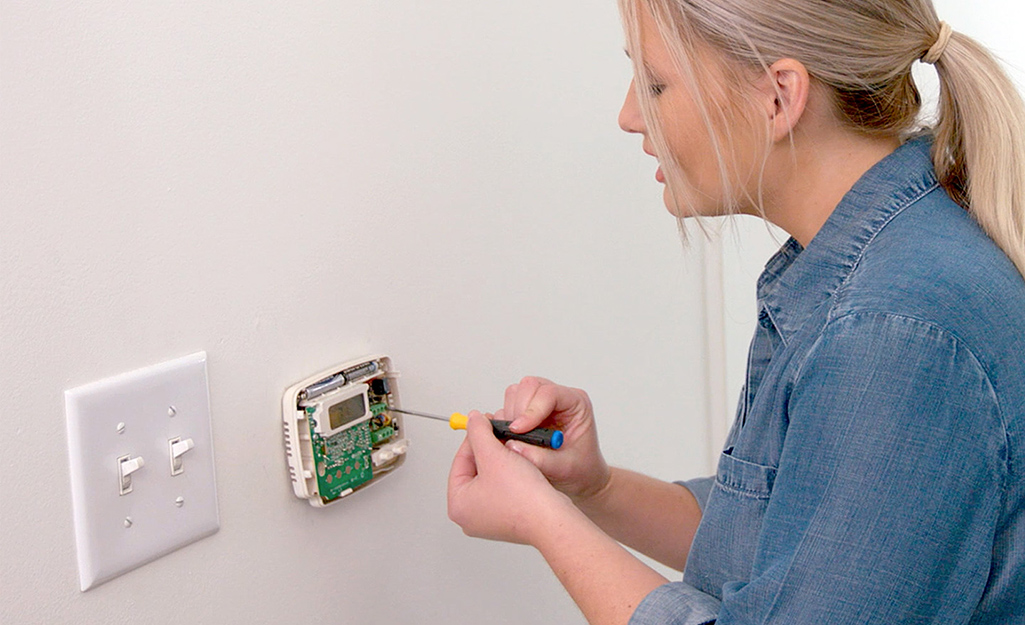
When it comes to improving the efficiency of your HVAC system, one of the easiest and most cost-effective ways is to replace your AC thermostat. The thermostat is the control center of your heating and cooling system, determining when to turn on and off based on the temperature settings you input. By upgrading to a newer, more advanced thermostat, you can optimize the performance of your HVAC system and save on energy costs in the long run.
One of the main reasons why replacing your AC thermostat can lead to improved efficiency is the advancements in technology. Older replacing an ac thermostat may not be as accurate or responsive as newer models, which can result in unnecessary energy usage and higher utility bills. Newer thermostats come equipped with features such as programmable settings, Wi-Fi connectivity, and smart home integration, allowing you to customize your heating and cooling schedule to better suit your lifestyle and preferences.
By programming your thermostat to adjust the temperature based on your daily routine, you can avoid heating or cooling an empty house and save on energy costs. For example, you can set the thermostat to lower the temperature during the day when you're at work and raise it back up in the evening when you return home. This way, you're not wasting energy heating or cooling an empty house and can enjoy a comfortable indoor environment when you're home.
Another benefit of replacing your AC thermostat is improved accuracy and consistency in temperature control. Older thermostats may have outdated sensors or calibration issues, leading to temperature fluctuations and inconsistencies throughout your home. A new thermostat with advanced sensors and technology can provide more precise temperature readings and maintain a consistent indoor climate, ensuring your comfort and maximizing energy efficiency.
Furthermore, upgrading to a smart thermostat can offer additional features and benefits that can further improve the efficiency of your HVAC system. Smart thermostats can learn your heating and cooling preferences over time and adjust the temperature settings automatically to optimize energy usage. They can also provide real-time energy usage data and insights, allowing you to track and monitor your energy consumption and make adjustments to save on costs.
In addition, many smart thermostats are compatible with smart home devices and systems, enabling you to control your HVAC system remotely through your smartphone or voice-controlled assistants like Alexa or Google Assistant. This convenience allows you to make adjustments to your heating and cooling settings from anywhere, ensuring that your home is always at the optimal temperature without wasting energy.
When considering replacing your AC thermostat, it's essential to choose a model that is compatible with your HVAC system and meets your specific needs and preferences. Look for thermostats that are Energy Star certified, which indicates they meet strict energy efficiency guidelines set by the U.S. Environmental Protection Agency. Energy Star certified thermostats are designed to help you save energy and reduce your carbon footprint while maintaining a comfortable indoor environment.
Overall, replacing your AC thermostat is a simple and effective way to improve the efficiency of your HVAC system and save on energy costs in the long run. By upgrading to a newer, more advanced thermostat with programmable settings, smart features, and compatibility with smart home devices, you can optimize the performance of your heating and cooling system and enjoy a more comfortable and energy-efficient home.
